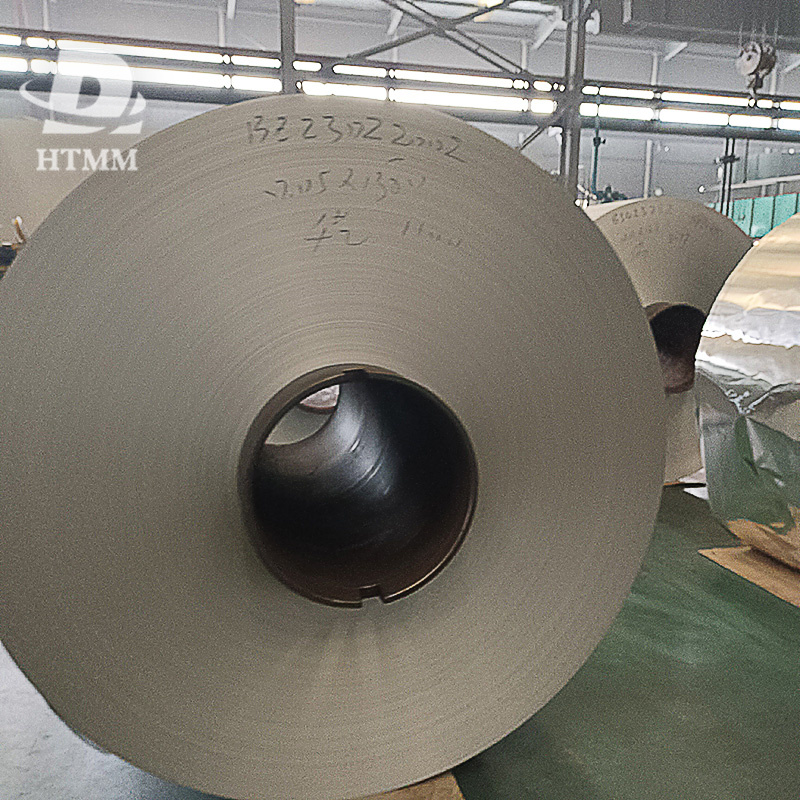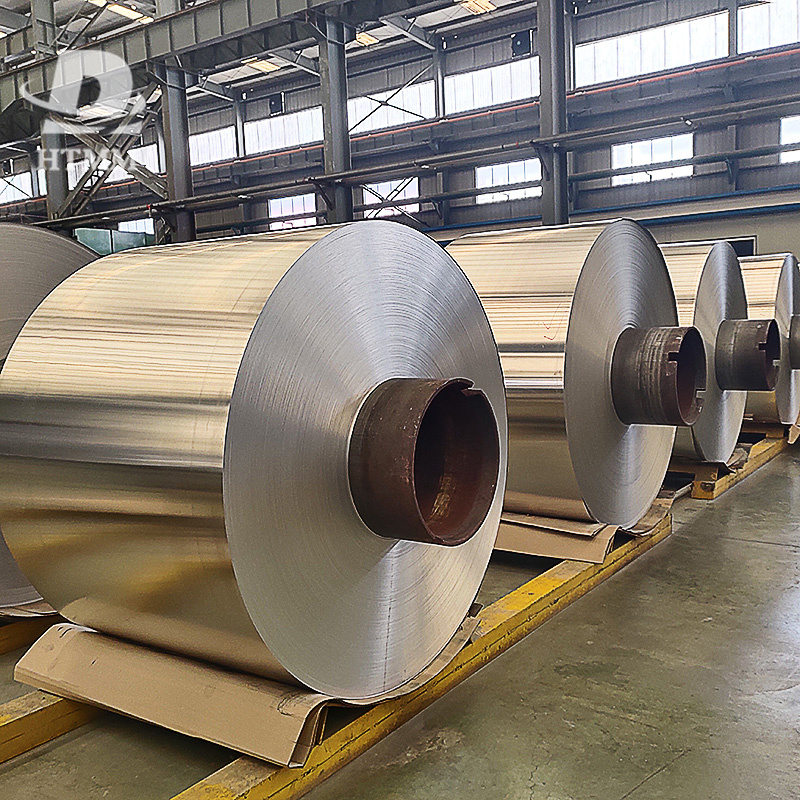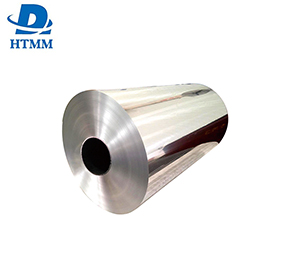The prospect of dining outside becomes delightfully possible as the cold melts and spring arrives. Your spring picnics and picnics will go much more smoothly if you use aluminum foil. Wrapping food in foil bags before grilling or marinating it helps to ensure consistent cooking, locks in flavor, and reduces mess. On the grill, it also works well for roasting potatoes, corn on the cob, and garlic bread.
 Though best aluminum foil may take your camping goodies well beyond the traditional marshmallow treat, summer provides the attraction of campfires and beauty. Make foil-sealed hobo packets with your preferred ingredients, stuff them full, then throw them over the bonfire. Enjoy a delectable supper of well cooked meats, potatoes, onions, and bell peppers.
Though best aluminum foil may take your camping goodies well beyond the traditional marshmallow treat, summer provides the attraction of campfires and beauty. Make foil-sealed hobo packets with your preferred ingredients, stuff them full, then throw them over the bonfire. Enjoy a delectable supper of well cooked meats, potatoes, onions, and bell peppers.Since fall has arrived, aluminum foil has once again become a kitchen mainstay. Remember that baking apples with cinnamon and brown sugar calls for aluminum foil when you set out on your yearly apple-picking excursion. In order to get a golden, caramelized finish, it is also a crucial tool for roasting seasonal vegetables like butternut squash, Brussels sprouts, and sweet potatoes.
Even while some people might avoid grilling outdoors in the winter, true grillers know that it's a year-round activity. You can make foods that look like they belong in a winter wonderland, such cedar-planked fish, stuffed mushrooms, or even roasted chestnuts, using aluminum foil. Additionally, it's a crucial tool for making turkey roasting bags, packaging leftovers, and producing homemade Christmas decorations during the holidays.
8011 Aluminum foil is a multifunctional household essential in addition to being used for seasonal cooking. It can be put to use in any season for:
To keep food fresher for longer in the refrigerator, wrap chopped fruits and veggies with aluminum foil.
Aluminum foil wrapping is a practical and efficient approach to substantially increase the freshness and shelf life of cut fruits and vegetables in the refrigerator. The exposed surface of your produce is shielded from moisture loss, oxidation, and aromas by this straightforward yet effective food preservation technique, ensuring that your fruits and veggies stay crisp, flavorful, and vivid for a longer period of time.
 Moisturizing: Aluminum foil functions as a moisture barrier, keeping produce's natural moisture from evaporating into the refrigerator's dry air. As a result, they stay juicy and don't wilt or dehydrate over time.
Moisturizing: Aluminum foil functions as a moisture barrier, keeping produce's natural moisture from evaporating into the refrigerator's dry air. As a result, they stay juicy and don't wilt or dehydrate over time.Avoid oxidation: Oxidation can turn cut surfaces of fruits and vegetables brown or give them an unpleasant feel when it is brought on by exposure to air. Aluminum foil forms a protective seal that prevents items from coming into touch with oxygen and oxidizing, maintaining their appearance and flavor.
Aluminum foil also protects packaged goods from overpowering odors in the refrigerator. This is particularly helpful when keeping strong-smelling goods, such as onions or garlic, as it stops their aroma from permeating and impacting neighboring meals.
Aluminum foil is easily customizable because it can be sliced and shaped to fit the precise size and form of your cut fruits and veggies. The tight and efficient seal created by this customisation maximizes the freshness of each item.
Convenient storage: You may simply access and utilize only the pieces of fruits and vegetables that you need without disturbing the other portions by separately wrapping the portions in aluminum foil. This keeps each serving as fresh as possible before consumption while minimizing food waste.
To remove filth, use crumpled foil as a scouring pad to clean grills, pans, and pots.
Sharpen your scissors by folding a piece of foil repeatedly before cutting it with blunt scissors to make the blade more cutting-edge.
 Custom Cookie Cutter: By bending and molding foil into the desired shape, you may make a one-of-a-kind cookie cutter.
Custom Cookie Cutter: By bending and molding foil into the desired shape, you may make a one-of-a-kind cookie cutter.Protect the oven's bottom by lining it with foil to catch spills and reduce cleanup time.
Insulated windows: Cover your windows with foil in the winter to reflect heat back into the space and save heating costs.
Covering your windows with aluminum foil is an efficient and affordable way to keep your home warm and toasty throughout the winter, when chilly temperatures and ice drafts can cause heating costs to spike. This smart method creates a layer of insulation using the reflective qualities of aluminum foil, which not only helps insulate your living space but also saves energy, lowering heating expenses and making your home greener.
Insulation that reflects heat well: Aluminum foil is a great heat reflector. It serves as a barrier that reflects interior heat back into the house when it is placed on a window. This reduces heat loss via the windows and aids in maintaining a cozy and even interior temperature.
Prevent drafts: Windows are a common source of heat loss due to drafts and air leaks. By applying aluminum foil, you can effectively seal gaps and cracks around window frames and sills, reducing the penetration of cold air and preventing warm air from escaping. This sealing effect helps maintain a more stable indoor temperature and reduces the need for constant heating.
Aluminum foil over windows can also aid in absorbing and holding onto solar heat during the day. When sunlight enters your home, the aluminum foil reflects the heat back into the space, assisting your heating system's efforts and inadvertently raising the temperature inside. On sunny winter days, this passive solar heating is extremely advantageous.
Energy Saving: By simultaneously minimizing heat loss and increasing solar heat gain, heating needs can be greatly decreased. Your heating system can function more effectively as a result, consuming less energy and lowering your monthly heating expenses.
Eliminate static electricity by rubbing foil over clothing that is prone to static electricity.
DIY ART PROJECTS: Unleash your imagination with a range of arts and crafts projects with aluminum foil.
Aluminum foil can be used for a huge variety of jobs, from ordinary household tasks to DIY projects and outdoor activities. It is the unsung hero of the house because it may change with the seasons and serve a variety of purposes. Therefore, the next time you come across that roll of aluminum foil, think about all the opportunities it presents and get ready to utilize it to the fullest throughout the year.
 Is aluminum foil a good business?
Is aluminum foil a good business?Aluminum foil market demand:
Household use: It can be used for food packaging, home cooking, daily kitchen essentials, and is in huge demand.
Flexible packaging industry: various food packaging, packaging lining.
Industrial applications: Can be used for cables, moisture-proof layers, etc.
Medicinal use: pharmaceutical packaging and sealing in the pharmaceutical industry.
When doing aluminum foil business, you must do a good job in market segmentation. It depends on which category you decide to make and how to place it accurately.
Competition in the aluminum foil industry:
An in-depth study of the existing players in the Aluminum Foil industry. Determine their strengths and weaknesses, product offerings and market share. Then pay attention to product differences, not only to invest in what the market favors, but also to accurately seize business opportunities. Others have not started the aluminum foil business. If you start the aluminum foil business, then you will win at the starting line.
Aluminum foil pricing:
Calculate your production costs carefully, taking into account raw materials, manufacturing, packaging and overhead expenses.
If you can demonstrate superior quality or innovative features, you can offer a premium product at a higher price. Or, consider offering value packages or discounts to attract budget-conscious consumers.
Aluminum foil profit margin:
Gross Profit Margin vs. Net Profit Margin: Understand the difference between gross profit margin and net profit margin. Gross profit margin focuses on production costs, while net profit takes into account all operating expenses.
Economies of scale: As production increases, you can achieve economies of scale, lower unit production costs and improve profit margins.
Cost Management: Implement effective cost management practices to maintain healthy profits. Regularly review expenses and identify opportunities to optimize operations.
Pricing and Volume: Striking the right balance between pricing and volume is crucial. Be prepared to adjust your pricing strategy to maximize overall profitability.
 If you are interested in aluminum foil, you can contact me here. No matter what doubts you have, HTMM can solve them for you.
If you are interested in aluminum foil, you can contact me here. No matter what doubts you have, HTMM can solve them for you.


.jpg)

